| In the Slippers Corner: An Interview with Tzippy and Adi Atiram
I arrived at the tennis courts during the 2011 Karmiel Dance Festival to watch the performances of dancers on wheels and of groups described as “dancers with special needs”. The performances were very moving and the air was filled with a sense of unconditional love and boundless giving. The special needs dancers touched the heart chords of the spectators and me in particular. Fighting back tears, I was thinking of how these families are daily fighting almost insurmountable difficulties. We decided to interview Tzippy and Adi Atiram. Our goal was to learn more about this field of dancing and the special requirements needed to work with special dancers. Q: Adi, how did you get involved in folk dancing and how did you come to work with people with special needs? A: Actually, Tzippy started dancing six years before I did. When I first joined, I started dancing with Perry Shachaf at the Faculty, and then later with Shimon Mordechai. I was obliged to advance quickly in order to catch up. I purchased thousands of video dance clips. I made a huge effort to learn the new dances and made great strides. I did my training as a folk dance instructor at the Washington College. In tandem with my studies at the college, I also took courses teaching people with special needs. Q: What attracted you to work with this unique segment of society? A: Watching the dancers on wheels moved me, so I decided to examine the matter more closely. I signed up for the Kibbutzim Seminar given by Orly Baor and Galit Chaim Cohen. In addition, I took courses in choreography with Shlomo Maman. I also took courses specializing in teaching early childhood, as well as school age children, with Dr. Levi Bargil. At the same time, I started dancing at a dance session in Rishon LeTzion, this time as a partner with one of the dancers on wheels. Q: What happened next? A: My involvement in the field deepened both as a result of my studies as well as my active participation in the dance session. I thought it would be fitting to offer another session for dancers on wheels in Ness Tziona. I applied to ILAN, The Israeli Foundation for Handicapped Children, of Ness Tziona/Rechovot. With the help of Mayor Yossi Shabo we opened a session called RN”Y (Rechovot, Ness Tziona, Yavne). Leah Hadadi joined the group and we now lead it together. The session took off with great success and is still active today at the Tzimerman Hall in Ness Tziona every Saturday night. I would like to point out that the session started with four couples and today it numbers 35 couples; it is one of the biggest sessions of its kind in Israel. For four years, I was active as a volunteer for this group. Q: Tzippy, how did you get involved in this field? A: I started doing Israeli folk dances before Adi. At a certain point I completed the training for folk dance instructors at Washington College. In time I was drawn to the special needs community and began assisting Adi as a volunteer. Over several years I gained extensive experience; I became certified to work with dancers on wheels and dancers with special needs by working in the field and by helping Adi. Today I work with him conducting sessions as well as helping adapt dances for use with dancers on wheels and others with special needs. Q: How is the business of adapting dances progressing? A: Evidently a dance in its original form is not suitable for use with dancers on wheels or for dancers with special needs, and it requires adaptation. There are a number of standard steps that we can use side by side with new steps which we create and which make a dance suitable for dancers on wheels. I would point out that the system is working well in a very organized way. In addition, there is advanced registration of every dance we plan to adapt; the choreographers’ permission is obtained. I would like to point out that the choreographers are pleased by and welcome our requests. Sometimes they even take the initiative and propose their dances for our adaptation. To date we have adapted 35 dances, and I have choreographed 12 new, regular dances. Every dance, which has been modified, is videotaped and uploaded to YouTube. Q: How did you happen to get involved with the special needs community? A: We were approached by Ashdot to start a session for dancers on wheels. We were also approached by AKIM, The National Association for the Habilitation of Children and Adults with Intellectual Disabilities, with a request to open a session for special needs and visually impaired people. We met with the head of AKIM and explained that we did not have experience in this specific area, but we were willing to try and do our best to succeed. We started teaching step by step with the help of care givers and personal companions. We modified dances for this population and, in addition, we choreographed and adapted new dances. I would like to point out that doing this work was very exciting and highly satisfying. Q: How do your students and their families react? A: The families welcome the activity with great joy and enthusiasm and they are grateful. I would like to tell you an interesting anecdote about a mother, who happens to be a doctor in neurology. She kept praising us for succeeding in teaching her son actions that she had tried to teach him but had failed to do. Q: The performance at Karmiel was very emotional and brought tears to the eyes of the spectators. A: Yes, without a doubt, the performance evoked great emotions. It would have been even more moving had the observers realised how far we had come; and how much effort had been devoted in order to arrive at a point where we could actually perform. Q: With your permission, Tzippy and Adi, we will include a link to a videotaped performance of the dancers with special need. It was filmed by David Yahel at Karmiel 2011. - Link Here is another clip of the dancers on wheels performing at Karmiel 2011; it was videotaped by Edwin - Link Q: Which sessions are you conducting now, and what is its base of support? A: * - A session in Bat Yam is held every Wednesday between the hours of 21:00 to 23:00 with the support of Iris Bat David, the director of the Ofer Matnas, and with the participation of ILAN and the City Hall. * - In Ashdod there is an AKIM session on Tuesday between the hours of 17:00 to 19:00. It is maintained by Etty and Danny, the director of AKIM, with the generous assistance of Matnas D and with the support and encouragement of Yigal Galiel. * - In Rishon LeTzion, at the Belkin School, there is an AKIM session on Mondays between the hours of 12:30 and 14:30. Q: You are also the Chairman of the Folk Dance Teachers Association Committee for Dancers with Handicaps. A: Yes, I am heading the committee. Together, we endeavour to accomplish the task we are entrusted to do. We work in a very structured fashion. Our scheduled meetings are guided by previous decisions and protocols. We are dealing with a number of central issues including the production of the performances at the Karmiel Festivals and the organization of our four big annual events. This year we worked to establish a new framework for certifying our dance instructors. We have plans to launch a workshop to teach the new dances as well as adapted dances. We are also dealing with variety of issues and initiatives in several fields. Q: What message would you like to transmit to the conventional dancers and instructors? A: It is very important that more dancers join as partners with our dancers on wheels. Admission is free and participation should not be seen as a burden. I would like to take this opportunity to thank all the session leaders who have invited us to their dance session, thereby providing us with an opportunity to integrate with dancers at regular sessions. Of course, I would also like to thank, in advance, those session leaders who will invite us in the near future. Q: Are there any other individuals or organizations on the national level that help you? A: There are many people with big hearts who are willing to lend a hand. Ami Ayalon, chairperson of AKIM, showed up at our performance in Ashdod and expressed a readiness to meet with us and to help. I would like to mention a member of Knesset, Ilan Gilon, from Ashdod, who chairs the Parliamentary Committee for the Advancement of the Population with Special Needs, for standing by us and aiding us in dealing with the municipal authorities. I would like to take this opportunity to extend a special thank you to the Folk Dancers Association for lending an attentive ear to all our requests and responding to all our needs. We thank you with all our heart. Q: What would you like to say in conclusion? A: Working with dancers on wheels and dancers with special needs is extraordinarily exciting. As volunteers we give of ourselves with unending love. We invite anyone able to dedicate their time to contact us. We will provide guidance as the case arises. Friends, being involved with these dancers provide the volunteer a true feeling of uplifting of spirit. I have a dream, an aspiration, though it may be a bit far reaching, it is never the less achievable. My dream is to provide a framework in every city in Israel for dancers on wheels and dancers with special needs. There is nothing better than folk dancing to bring hearts together and provide love and friendship in the society we in which we live. In conclusion, I pray that next year we will be even more successful. Amen Interviewed and Submitted by: Atara Goldring-Tsur and Adi Habad Translated by Peter Smolash 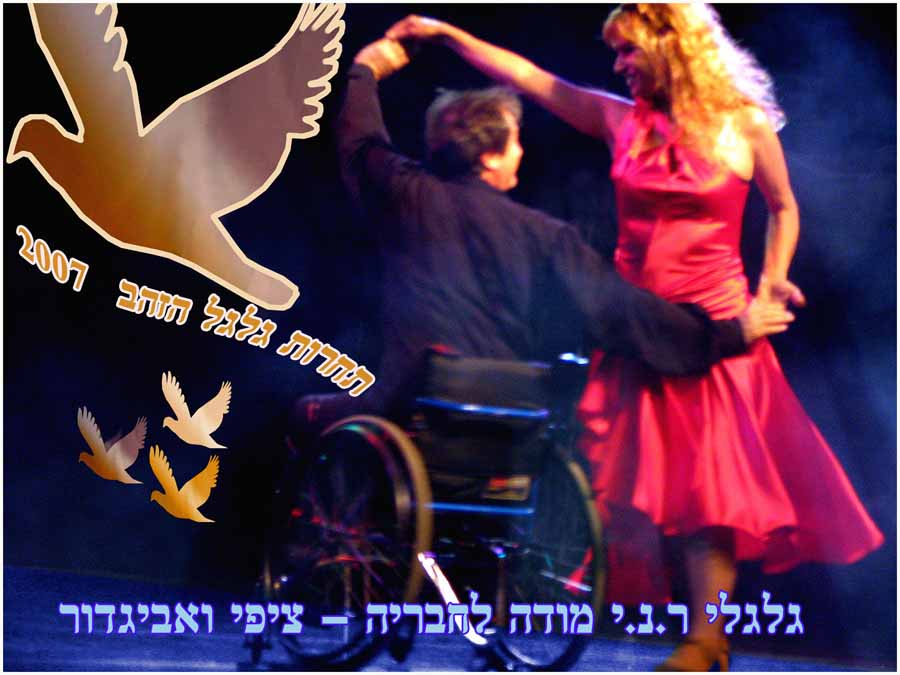
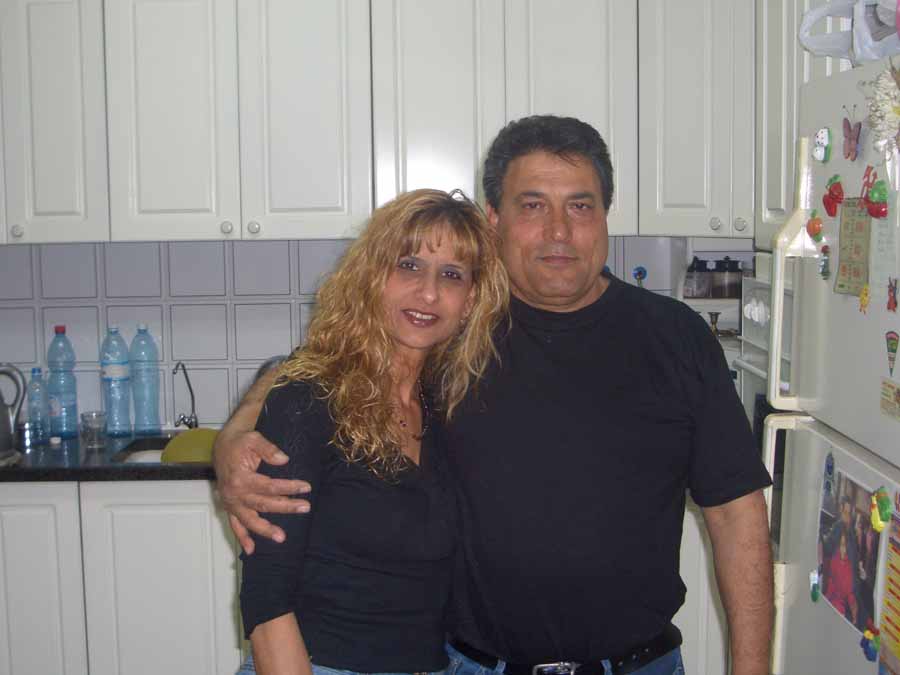 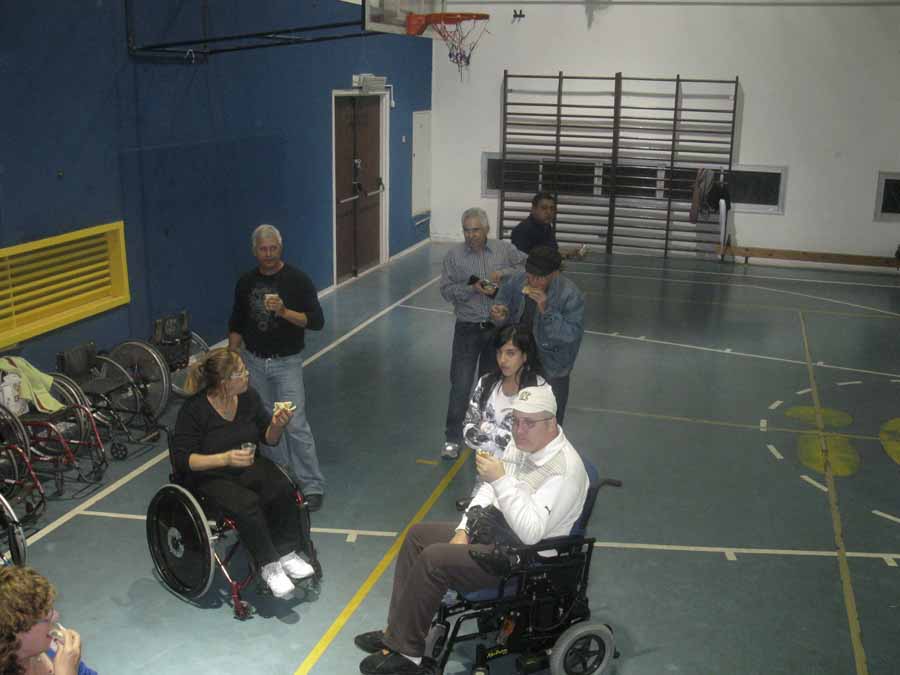
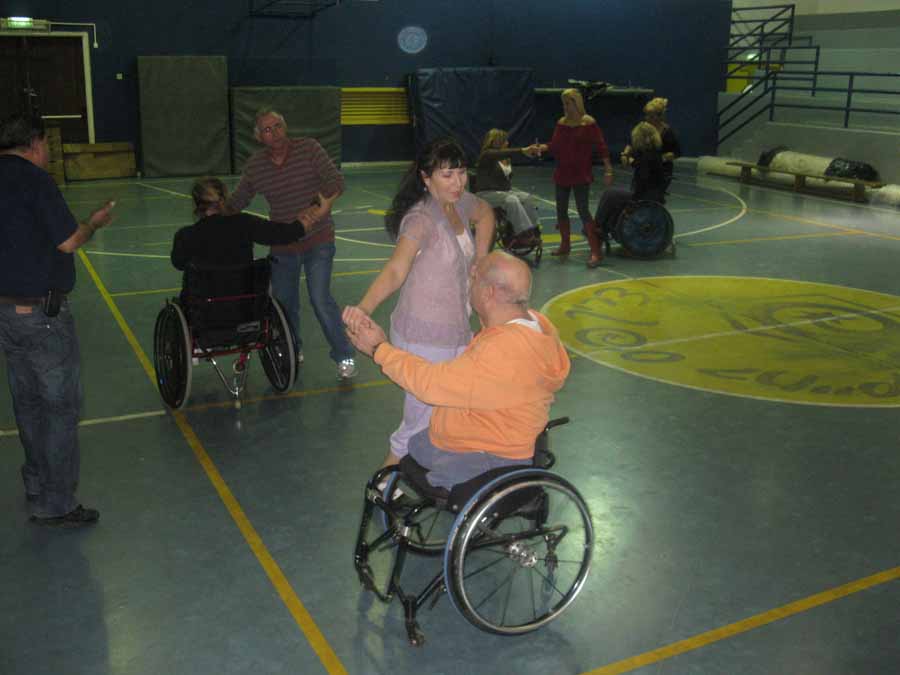 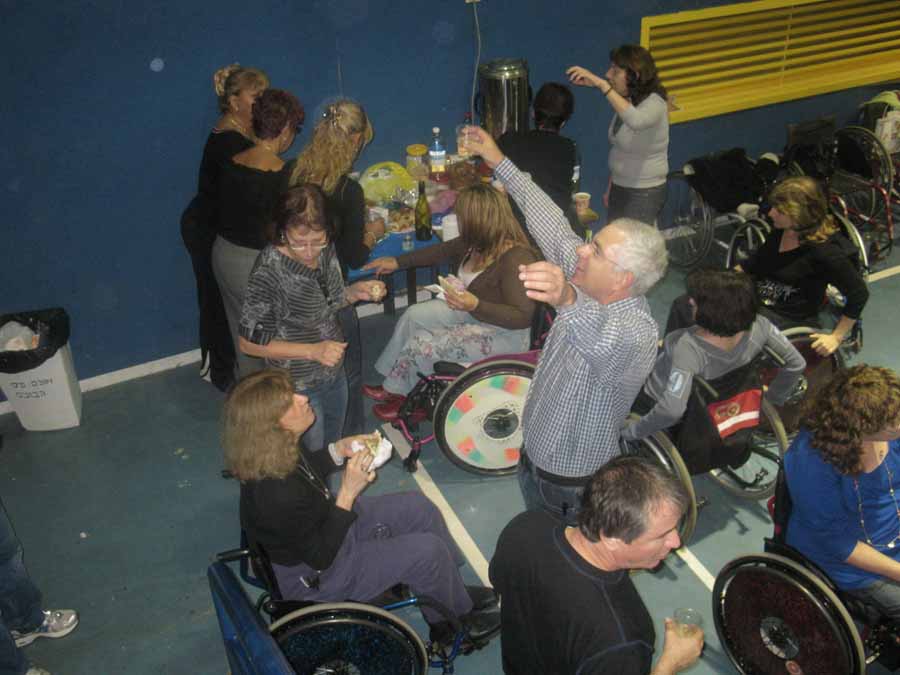
 
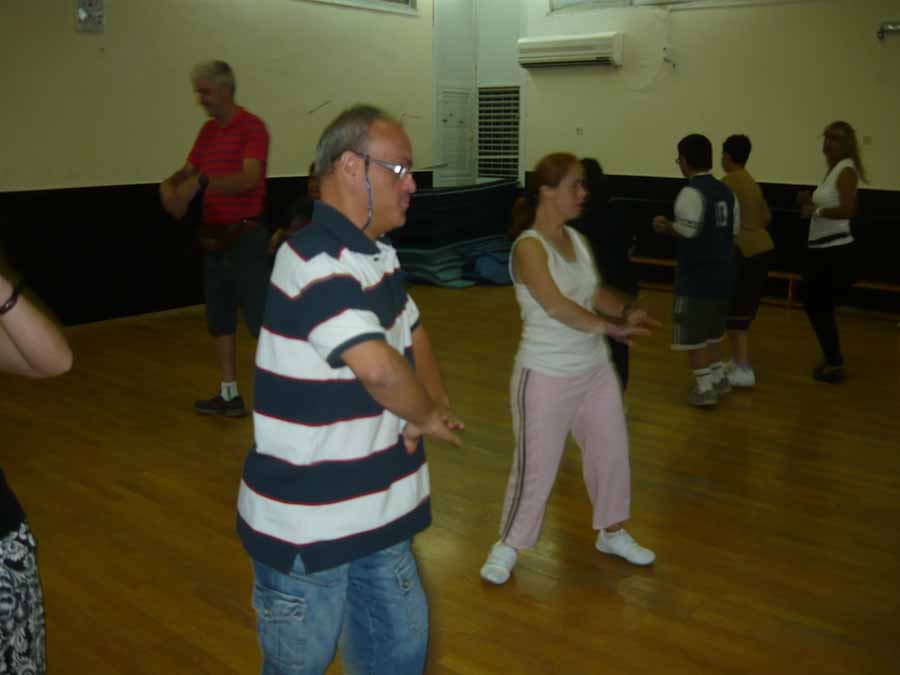 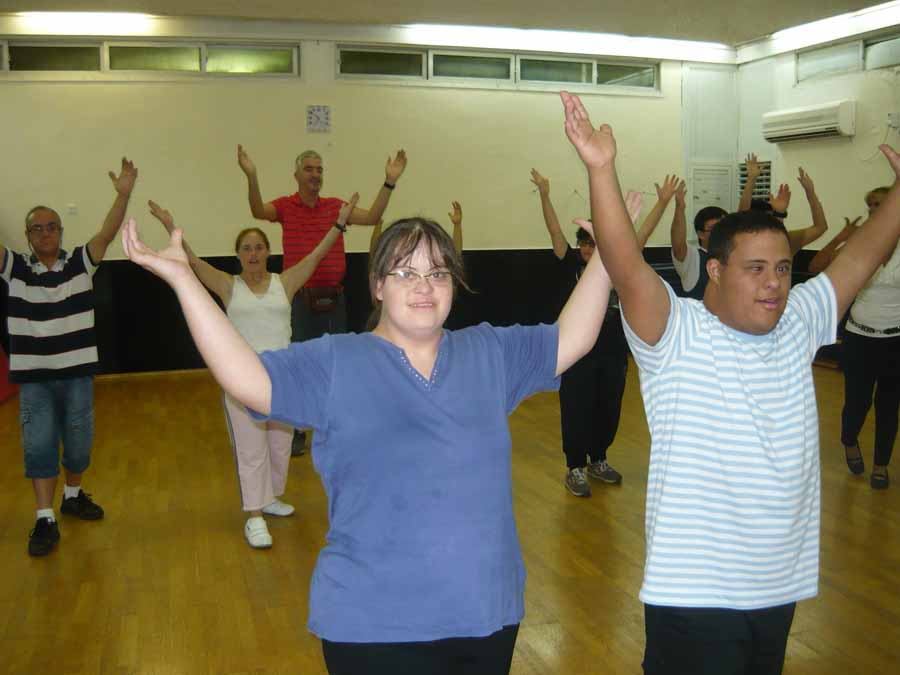
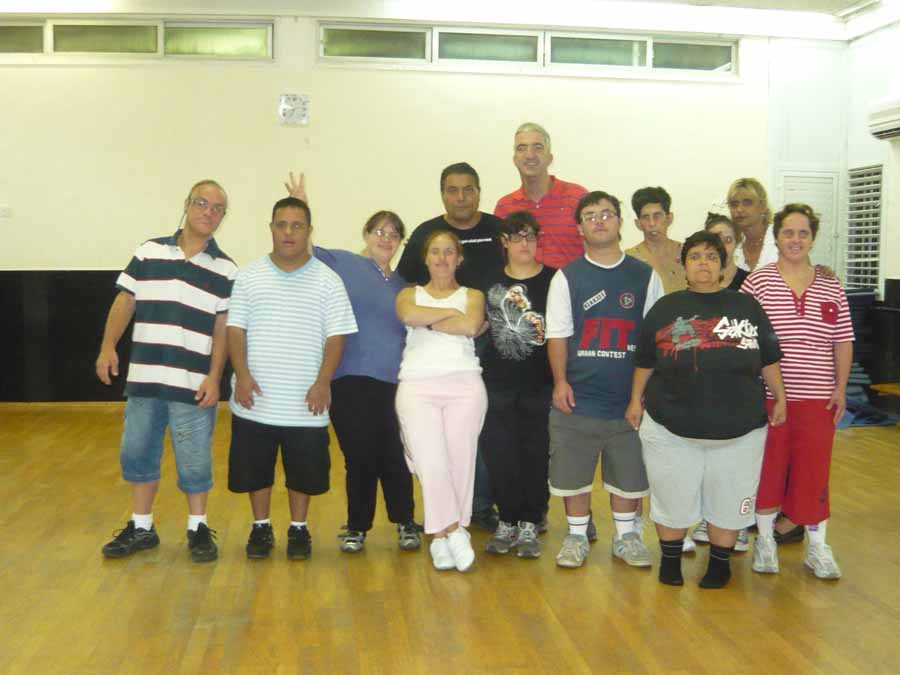 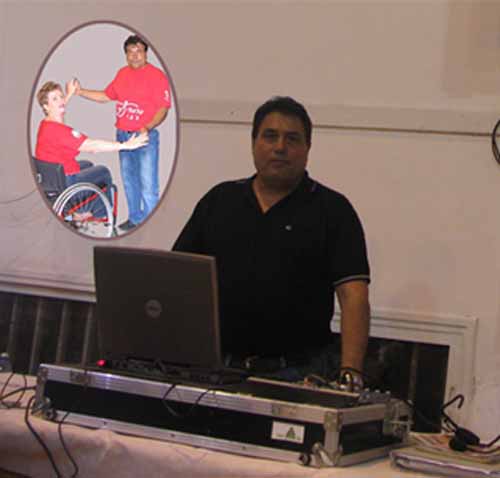
 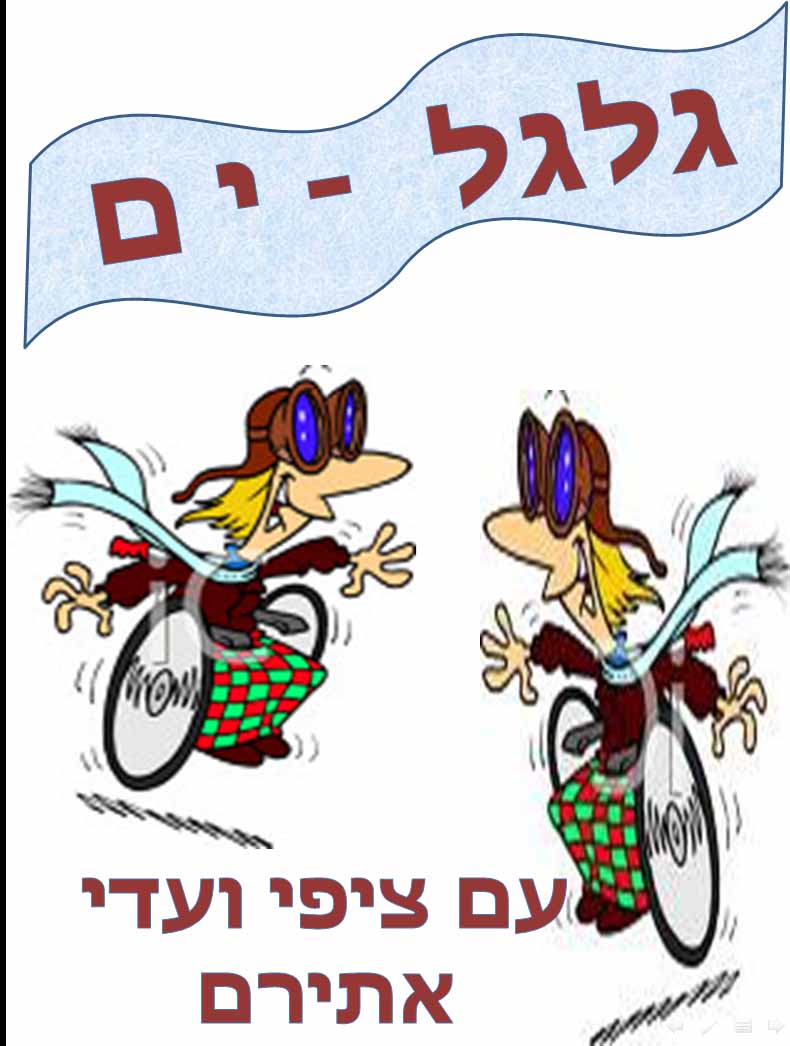
|